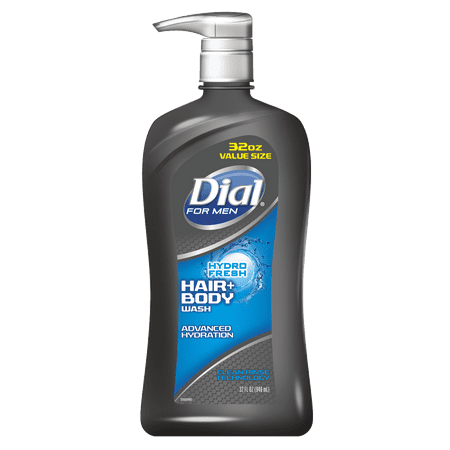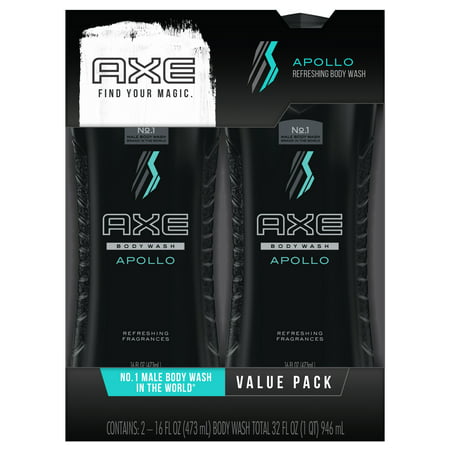Olay Age Defying Body Wash for Women with Vitamin E, 22 fl oz
BEAUTIFUL, HEALTHY SKIN YOU CAN SEE AND FEEL – Reveal beautiful, healthy-looking skin with Olay Age Defying Body Wash with Vitamin E. Now formulated with Olay’s Vitamin B3 Complex, it hydrates to plump surface skin cells, locking in natural moisture. Our advanced formula, with Vitamin E and Olay moisturizers, indulges skin to leave it spa-soft and touchably smooth.








Olay Age Defying Body Wash for Women with Vitamin E, 22 fl oz: INDULGE DAILY: Visibly transform your skin in just 2 weeks with our Age Defying Body Wash with Vitamin E, leaving skin feeling smooth & looking healthyCLINICALLY PROVEN: In a clinical study, experts noticed dry skin improvement in 95% of womenOLAY EXPERTISE: Backed by 60 years of skin science“B” IS FOR BEAUTIFUL: Now Olay’s proprietary skin care formula, made with Vitamin B3 Complex, helps to transform your skin





Reviews
There are no reviews yet.